Month: May 2023
n-Butanol CAS71-36-3.pdf
Gamma-Butyrolactone GBL CAS96-48-0 Gamma-Martinolactone.pdf
Adhesion Improvement Additive NT ADD AS3228.pdf
1,4-Butanediol BDO CAS110-63-4.pdf
1,4-Butanediol BDO CAS110-63-4
1,4-Butanediol BDO CAS110-63-4
Overview:
Chinese name: 1,4-Butanediol (BDO)
Alias:Butylene glycol 4-butanediol 1,4-butanediol 4-Dihydroxybutane 1,4-dihydroxybutane
English Name:1,4-Butylene glycol~Tetramethylene glycol; tetramethylene glycol; 1,4-Butylene glycol; 75% 1,4-BUTANEDIOL; butane-1,4-diol; butane-1,1- diol
1,4-Butylene glycol (Butane-1,4-diol) is an organic substance with the molecular formula C4H10O2 and molecular weight 90.12. It is a colorless or light yellow oily liquid in appearance. Flammable, freezing point 20.1℃, refractive index 1.4461. soluble in methanol, ethanol, acetone, slightly soluble in ether. It is hygroscopic and has a bitter odor, but slightly sweet in the mouth.
Used as solvent and humidifier, also used in plasticizer, drug, polyester resin, polyurethane resin, etc.
Molecular formula(Formula): C₄HO₂
Molecular Weight(Molecular Weight): 90.12
CAS No.: 110-63-4
Product Name: Butanediol 4-butanediol 1,4-butanediol 4-Dihydroxybutane 1,4-dihydroxybutane
Molecular structure: See figure
Molecular formula: C₄HO₂
Molecular weight: 90.12
CAS No.: 110-63-4
EINECS No.: 203-786-5
MDL No. MFCD00002968
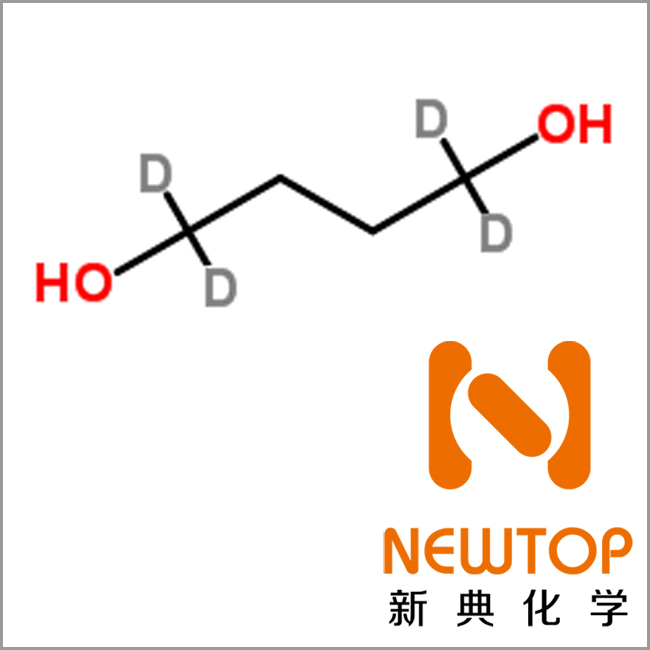
Physical and chemical properties:
Colorless, oily liquid, not easy to ignite. In contact with high heat, open flame or oxidizer, there is a risk of combustion.
Freezing point ≤19.0℃
Mass fraction of 1,4-butanediol≥99.5%
Bromine value ≤0.10%
Refractive index 1.445~1.446
Water content ≤0.10%
Hydroxyl value ≤0.2%
Chromaticity (platinum a cobalt color) ≤25
Preparation:
- Acetylene method: 1,4-butynediol is made by reacting acetylene and formaldehyde in the presence of Cu-Bi catalyst at 98kPa and 80-95℃. The latter is then catalyzed by nickel skeleton and hydrogenated at 1.372-2.06 MPa, 50-60°C to 1,4-butenedioate, followed by further catalytic hydrogenation with Ni-Cu-Mn/Al2O3 (13.7-20.6 MPa, 120-140°C) to 1,4-butanediol, which is then purified by distillation after removal of metal ions by ion exchange resin. 2. Maleic Anhydride Hydrogenation method 3. Butadiene method Acetyl oxidation reaction of 1,3-butadiene with acetic acid and oxygen to produce 1,4-diacetoxy-2-butene, then hydrogenated and hydrolyzed to make 4. 1,4-dichlorobutene method 1,4-dichlorobutene is an intermediate product of the process of producing chlorobutadiene from butadiene, which is used as raw material, hydrolyzed and hydrogenated to obtain 1,4-butanediol.
Uses:
1,4-butanediol is an important organic chemical and fine chemical raw material, and is the basic raw material for the production of polybutylene terephthalate (PBT) engineering plastics and PBT fiber; PBT plastic is one of the five most promising engineering plastics.
1,4 butanediol is the main raw material for the production of tetrahydrofuran, which is an important organic solvent. The polytetramethylene glycol ether (PTMEG) obtained after polymerization is the basic raw material for the production of high-elasticity spandex (Lycra fiber). Spandex is mainly used in the production of high-elasticity knitted products such as advanced sportswear and swimwear.
γ-butyrolactone, a downstream product of 1,4-butanediol, is the raw material for the production of 2-pyrrolidone and N-methylpyrrolidone products, from which a series of high value-added products such as vinylpyrrolidone and polyvinylpyrrolidone are derived, which are widely used in pesticides, pharmaceuticals and cosmetics.
Applications:
Used as solvent and humidifier, also used to make plasticizer, drugs, polyester resin, polyurethane resin, etc.
Storage and transportation:
Should be sealed and stored in a dry, cool and ventilated warehouse
Package:
200KG/drum Storage: It is recommended to store in dry and cool area with proper ventilation. Please fasten the lid as soon as possible after the original packaging to prevent the mixing of other substances such as water and other substances from affecting the product performance. Do not inhale dust and avoid skin and mucous membrane contact. Smoking, eating and drinking are prohibited in the workplace. After work, shower and change clothes. Store contaminated clothes separately and wash them before use. Maintain good hygiene habits.
Gamma-Butyrolactone GBL CAS96-48-0 Gamma-Martinolactone
Gamma-Butyrolactone GBL CAS96-48-0 Gamma-Martinolactone
Overview:
Chinese name: γ-butyrolactone (GBL)
1,4-Butyrolactone, also known as γ-butyrolactone, is an organic compound, chemical formula C4H6O2, molecular weight 86.089, is a colorless transparent liquid, used in the production of cyclopropylamine, pyrrolidone and other drugs, but also used as a solvent, diluent, curing agent, etc.
Synonyms: gamma-butyrolactone
Gamma-butyrolactone
1,4-Butyrolactone
γ-Hydroxybutyric acid lactone
Gamma-butyrolactone (gamma-butyrolactone)
English name: gamma-butyrolactone
Molecular formula(Formula): C4H6O2
Molecular Weight(Molecular Weight): 120.104
CAS No.: 96-48-0
Chinese name: gamma-butyrolactone, gamma-butyrolactone, 1,4-butyrolactone, gamma-hydroxybutyrate, gamma-butyrolactone (gamma-butyrolactone)
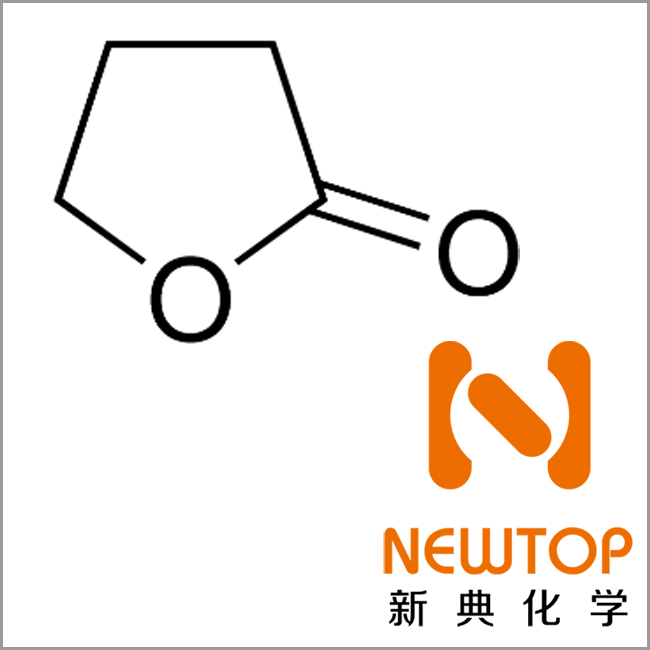
Molecular structure: See figure
Molecular formula: C4H6O2
Molecular weight: 120.104
CAS No.: 96-48-0
EINECS No.: 202-509-5
Molecular weight 120.104
Physical and chemical properties
Appearance Colorless transparent liquid.
Boiling point 35℃
Freezing point
Relative density 1.129
Refractive index 1.4348
Flash point 98℃
Solubility Miscible with water and general organic solvents. Slightly soluble in aliphatic hydrocarbons.
Uses:
1, γ-butyrolactone is a kind of high boiling point solvent with strong solubility, safe and convenient to use and manage, used as extraction agent of butadiene, aromatic hydrocarbons and advanced grease in petroleum processing;
2、It is used as the spinning solvent of acrylonitrile fiber in chemical fiber industry, and is the dyeing auxiliary of wool, nylon, acrylonitrile and other fibers.
3、In addition, it is also widely used in lithium-ion battery electrolyte and super energy storage capacitor.
Applications:
Used in the production of cyclopropylamine, pyrrolidone and other drugs, but also industrial solvents, diluents, curing agents, etc.
Stability:
- Avoid contact with strong oxidizing agents, strong acids, strong bases, strong reducing agents.
Soluble in water, methanol, etc., non-corrosive to metal, flammable, low toxicity, easily absorbed by skin, should be prevented from contact with skin.
Chemical properties: It is more stable compound. Easily hydrolyzed under the action of hot alkali, hydrolysis is reversible, when pH = 7, and then generate lactone. Hydrolysis is slower in acidic medium.
- It is a low toxicity substance, with anesthetic effect on the central nervous system, oral LD50=1800mg/kg in rats, irritating to the skin, and its smoke has irritating effect on eyes, mucous membrane and upper respiratory tract.
- present in roasted tobacco, white rib tobacco, spice tobacco and smoke.
- Present in apricot, bread, coffee, also volatile aromatic component of fried hazelnut.
- Method of preparation:
Add 2mL of dry acetonitrile and 110mg of trimethylchlorosilane (1.0mmol) to the reaction flask, add 187g of silver nitrate (1.1mmol) at 0℃ under nitrogen protection and stir the reaction for 1h. Pour out the supernatant (remove the silver chloride) and add to CrO3150mg (1.5mmol) with stirring.
(1.5 mmol) in 1 mL acetonitrile and stirred for 15 min to obtain TMSONO2- CrO3 oxidizer. The solution of THF (2) (1.0 mmol) dissolved in 1 mL acetonitrile was added slowly dropwise under the cooling of ice water bath, and the reaction was stirred at room temperature for 24 h. The product was filtered, washed with dichloromethane, and the solvent was evaporated to obtain the crude product ① (1). Purified by silica gel column in 65% yield.
[ Solubility in water ]: MISCIBLE
[ Molecular structure ]:
1、 Molar refractive index: 20.18
2、 Molar volume (cm³/mol): 76.2
3、 Isotropic specific volume (90.2K): 186.0
4、 Surface tension (dyne/cm): 35.4
5、 Dielectric constant:
6、 Dipole distance (10-²⁴cm³):
7, Polarization rate: 8.00
[ Calculated Chemistry ]:
- Reference value for calculation of hydrophobic parameters (XlogP):None
- Number of hydrogen bond donors:0
- Number of hydrogen bond acceptors:2
- Number of rotatable bonds:0
- Number of reciprocal isomers:2
6.Topological molecule polar surface area 26.3
7.Number of heavy atoms:6
- Surface charge:0
9.Complexity:67.9
10.Number of isotope atoms:0
11.Number of determined atomic structure centers:0
12.Number of uncertain atomic structure centers:0
13.Number of definite bonding centers:0
14.Number of indeterminate bonding centers:0
15.Number of covalent bonding units:1
[ more ]:
- properties:colorless to yellow oily liquid with cream-like aromatic aroma.
- Relative density (15℃): 1.1286
- relative vapor density (g/mL,air=1): 3.0
- melting point (℃): -44
- boiling point (℃, atmospheric pressure): 206
- Viscosity (mPa- s,25℃): 1.7
- refractive index (26.5℃): 1.4343
- Flash point (℃): 99.2
- Self-ignition point or ignition temperature (℃): 455
- Vapor pressure (mmHg,20℃): 1.5
- saturation vapor pressure (kPa, 20 ℃): 2.0
- heat of evaporation (KJ/mol,204℃): 52.3
- critical temperature (℃): 457.85
- critical pressure (KPa): 5.131
- specific heat capacity (KJ/(kg- K),25℃,constant pressure): 1.67
- specific heat capacity (KJ/(kg- K), 60 ℃, constant pressure): 1.88
- upper explosion limit (%, V/V): 16
- lower explosion limit (%,V/V): 1.4
- solubility: miscible with water, also soluble in methanol, ethanol, ether and benzene and other organic solvents. 20.
- relative density (20℃, 4℃): 1.1299
- Refractive index at room temperature (n20): 1.4346
- Refractive index at room temperature (n25): 1.4348
- solubility parameter (J- cm-3) 0.5: 25.593
- van der Waals area (cm²⁺- mol-1): 6.250× 109
- van der Waals volume (cm³- mol-1): 45.890
- liquid phase standard thermal fusion (J- mol-1- K-1): 140.0
Storage and transportation:
Should be kept sealed and stored in a dry, cool and ventilated warehouse
Package:
200KG/drum Storage: It is recommended to store in dry and cool area with proper ventilation. Please fasten the lid as soon as possible after the original packaging to prevent the mixing of other substances such as water and other substances from affecting the product performance. Do not inhale dust and avoid skin and mucous membrane contact. Smoking, eating and drinking are prohibited in the workplace. After work, shower and change clothes. Store contaminated clothes separately and wash them before use. Maintain good hygiene habits.
n-Butanol CAS71-36-3
n-Butanol CAS71-36-3
Overview:
n-butanol, also known as 1-butanol, is an organic compound with the chemical formula C4H10O, a colorless transparent liquid, slightly soluble in water, soluble in most organic solvents such as ethanol and ether, mainly used in the preparation of esters, plastic plasticizers, pharmaceuticals, spray paint, also used as a solvent.
Chinese name: n-butanol
Alias: 1-butanol
English name: n-butanol; n-butyl alcohol; butanol
Molecular formula(Formula): C4H10O
Molecular Weight(Molecular Weight): 74.122
CAS No.: CAS:71-36-3
Chinese name: n-Butanol, 1-butanol
Molecular structure: See chart
Molecular Formula: C4H10O
Molecular Weight: 74.122
CAS No.: CAS:71-36-3
EINECS No.: 200-751-6
MDL No. MFCD00002964
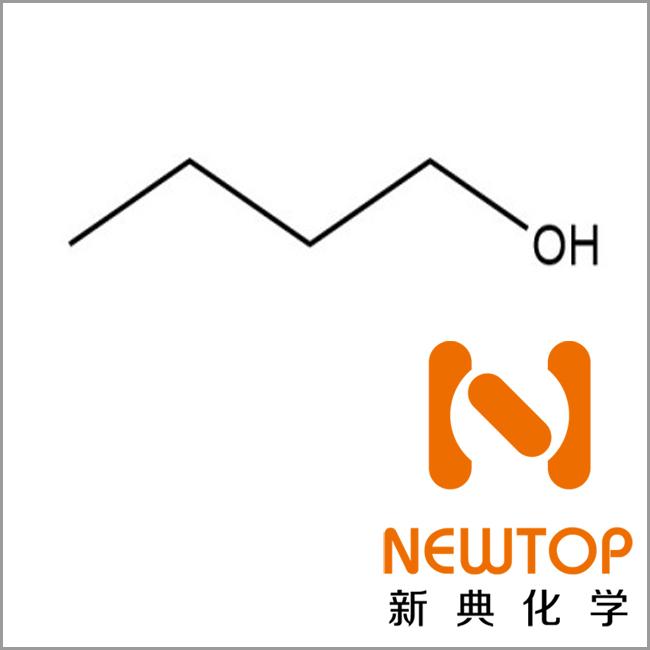
Physical and chemical properties:
Density: 0.81g/cm3
Melting point: -89℃
Boiling point: 117.6℃
Flash point: 29℃
Refractive index: 1.399 (20℃)
Saturated vapor pressure: 0.73kPa (20℃)
Critical temperature: 289.85℃
Critical pressure: 4.414MPa
Explosive upper limit (V/V): 11.3%
Lower explosion limit (V/V): 1.4%
Appearance: colorless transparent liquid
Solubility: slightly soluble in water, soluble in most organic solvents such as ethanol and ether
Features
Excellent chemical stability. It has the advantages of stable acid value, stable molecular weight, light color and good catalytic effect, and can completely replace potassium naphthenate. Solubility of solute is total solubility. This product is a universal sodium salt-forming agent for synthetic antibiotics by solubilization method. Compared with the traditional salt-forming agent sodium acetate, its obvious advantage is its mildness and stability after salt formation, and it can be soluble in many organic solvents, which is conducive to the separation of anhydrous final products and improves the quality and yield of products.
Uses:
The role and use of n-butanol is a pharmaceutical excipient.
Mainly used in the manufacture of phthalic acid, aliphatic dibasic acid and phosphoric acid n-butyl ester type plasticizers, they are widely used in a variety of plastics and rubber products, but also organic synthesis in the manufacture of butyraldehyde, butyric acid, butylamine and butyl lactate and other raw materials. They are also used as extractants for oils and fats, drugs (such as antibiotics, hormones and vitamins) and spices, additives for alkyd resin coatings, etc. They can also be used as solvents for organic dyes and printing inks, and dewaxing agents.
Used in the production of butyl acetate, dibutyl phthalate and phosphoric acid plasticizers, also used in the production of melamine resin, acrylic acid, epoxy varnish, etc.; used as a chromatographic analysis reagent, also used in organic synthesis, etc.; used in the preparation of bananas, cream, whiskey and cheese and other types of edible flavors.
Toxicity of n-butanol: a low toxicity category
Acute toxicity: LD504360mg/kg (rat oral); 3400mg/kg (rabbit percutaneous); LC5024240mg/m3, 4 hours (rat inhalation)
Sub-acute toxicity: rats, mice inhalation 0.8mg/m3, 24 hours / week, 4 months, abnormal liver and skin function; human inhalation 303 × mg / m × 10 years, mucous membrane irritation, loss of smell; human inhalation 606mg/m3 × 10 years, red blood cell count reduction, occasional eye irritation symptoms; human inhalation 150-780mg/m3 × 10 years, burning sensation in the eyes, general discomfort, the Corneal inflammation.
Storage and transportation:
Should be sealed and stored in a dry, cool and ventilated warehouse
Package:
200KG/drum Storage: It is recommended to store in a dry and cool area with proper ventilation. Please fasten the lid as soon as possible after the original packaging to prevent the mixing of other substances such as water and other substances from affecting the product performance. Do not inhale dust and avoid skin and mucous membrane contact. Smoking, eating and drinking are prohibited in the workplace. After work, shower and change clothes. Store contaminated clothes separately and wash them before use. Maintain good hygiene habits.
N-Methyl-pyrrolidone NMP CAS872-50-4
N-Methyl-pyrrolidone NMP CAS872-50-4
Overview:
N-Methylpyrrolidone is an organic substance with the chemical formula C5H9NO, a colorless to light yellow transparent liquid with a slight ammonia odor, miscible with water in any ratio, soluble in various organic solvents such as ether, acetone and esters, halogenated hydrocarbons, aromatic hydrocarbons, etc., and almost completely mixed with all solvents.
Chinese name: N-Methylpyrrolidone
Alias: 1-Methyl-2-pyrrolidone
English name: N-Methylpyrrolidone
Molecular formula(Formula): C5H9NO
Molecular Weight: 99.131
CAS No.: 872-50-4
Product Name: 1-Methyl-2-pyrrolidone; N-Methyl-pyrrolidine; N-Methyl-A-pyrrolidone; Methyl-pyrrolidone; 1-Methyl-pyrrolidone
Molecular structure: See figure
Molecular formula: C5H9NO
Molecular weight: 99.131
CAS No.: 872-50-4
EINECS No.: 212-828-1
MDL No. MFCD00003193
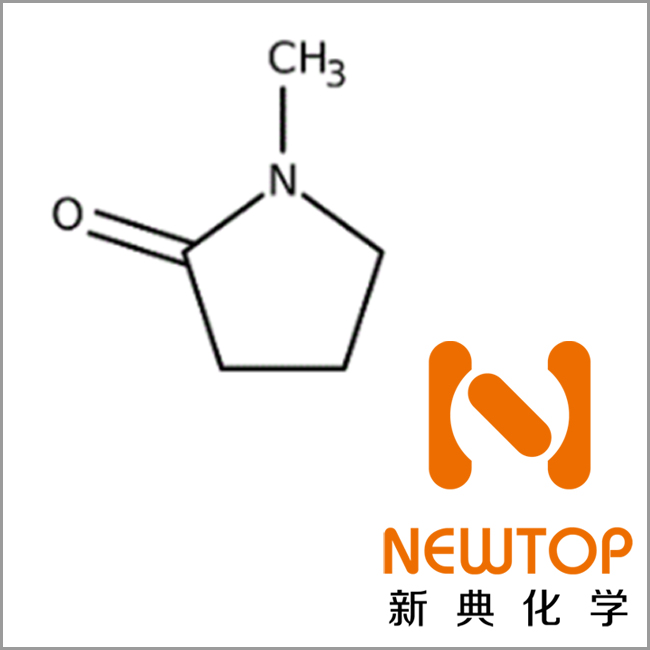
Physical and chemical properties:
- Property: Colorless transparent oily liquid with slight odor of amine.
- Density: 1.028g/cm3
- melting point: -24℃
- boiling point: 202℃
- Refractive index: 1.470
6 Viscosity: 1.65mPa-s
- Flash point: 86.1℃
- ignition point: 346℃
- heat of combustion: 3010kJ/mol
- critical temperature: 445℃
- critical pressure: 4.76MPa
- electrical conductivity: (1~2)×10-8s/m
- solubility: soluble in water, ethanol, ether, acetone, ethyl acetate, chloroform and benzene, soluble in most organic and inorganic compounds, polar gases, natural and synthetic polymers
Uses:
It is widely used in the refining of advanced lubricants, synthesis of polymers, insulating materials, pesticides, pigments and cleaning agents, etc.
Application 2】 It is an excellent solvent, widely used as extractant for aromatic hydrocarbon extraction, lube oil refining, acetylene concentration, synthetic gas desulfurization, etc. It is also used for industrial cleaning, etc.
N-Methylpyrrolidone is an excellent extraction solvent, widely used as extractant in the process of aromatic extraction, acetylene concentration, butadiene separation and desulfurization of synthesis gas, etc. It is also a solvent in the production of pesticides, engineering plastics, paints, synthetic fibers, integrated circuits, etc. It can also be used as industrial detergent, dispersant, dyeing agent, lubricant antifreeze agent, etc. The product has low toxicity, oral LD50 for rats is 7ml/kg.
Stability related:
- Colorless liquid, with ammonia smell, the product has low toxicity. It can be miscible with water and soluble in most organic solvents such as ether and acetone. Can dissolve most organic and inorganic compounds, polar gases, natural and synthetic polymer compounds.
- Chemical properties: relatively stable in neutral solution. After 8 hours in 4% sodium hydroxide solution, 50%-70% of it is hydrolyzed. In concentrated hydrochloric acid, hydrolysis gradually occurs to produce 4-methylaminobutyric acid CH3NH(CH2)3COOH. due to the reaction of carbonyl group, it can produce condensation ketone or thio-pyrrolidone.
N-Methylpyrrolidone is weakly basic and can produce hydrochloride. It forms adducts with heavy metal salts, for example, with nickel bromide heated to 150°C to produce NiBr2(C5H9ON)3 with a melting point of 105°C.
Storage and transportation:
Should be kept sealed and stored in dry, cool and ventilated warehouse
Package:
200KG/drum Storage: It is recommended to be stored in dry and cool area with proper ventilation. Please fasten the lid of the package as soon as possible after the original packaging to prevent the mixing of other substances such as moisture from affecting the product performance. Do not inhale dust and avoid skin and mucous membrane contact. Smoking, eating and drinking are prohibited in the workplace. After work, shower and change clothes. Store contaminated clothes separately and wash them before use. Maintain good hygiene habits.
Adhesion Improvement Additive NT ADD AS3228
Newtop Chemical Materials (Shanghai) Co.,Ltd.
Technical Indicators
Adhesion Improvement Additive NT ADD AS3228
Description/Description
NT ADD AS3228 is a light yellow viscous liquid at room temperature.
Applications/Product Applications
NT ADD AS3228 is mainly used in CASE applications to improve the bonding strength of products with high peel strength and better resistance to high temperatures.
NT ADD AS3228 can also be used in polyurethane foam formulations to improve the feel of the foam as well as the tensile and tear properties, improve the opening properties, and keep the indentation hardness of the foam largely unaffected.
NT ADD AS3228 can be added in flexible amounts, from partial to full use, with a linear relationship between the amount added and the tensile and tear properties.
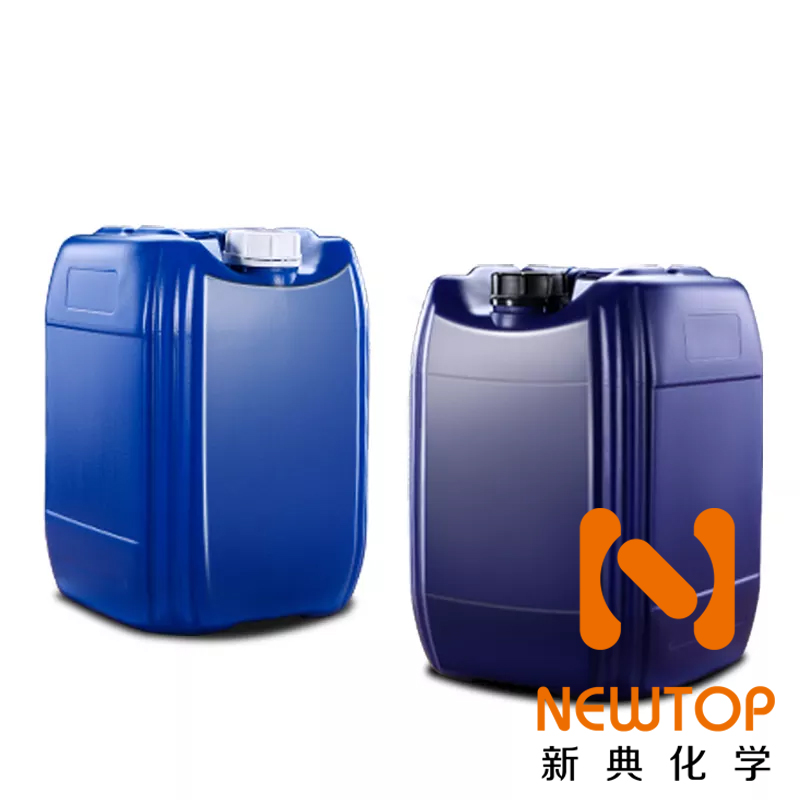
Shelf Life/ Shelf Life: 12 months.
Refer to the data/referenceable data
Typical Properties
Appearance Light yellow viscous liquid
Viscosity(25℃,mPa.s) 2000-4000
Water content(%) <0.1
Acid value(mgKOH/g) 0.1max
Hydroxyl value(mgKOH/g) 87.5±12.5
Storage Information/Storage Information
Store in a cool, ventilated room. Keep away from fire and heat source. Protect from direct sunlight. Keep the container sealed. Store separately from oxidizers and edible chemicals, and do not mix them. Equipped with appropriate variety and quantity of fire-fighting equipment. The storage area should be equipped with spill emergency treatment equipment and suitable shelter materials.




